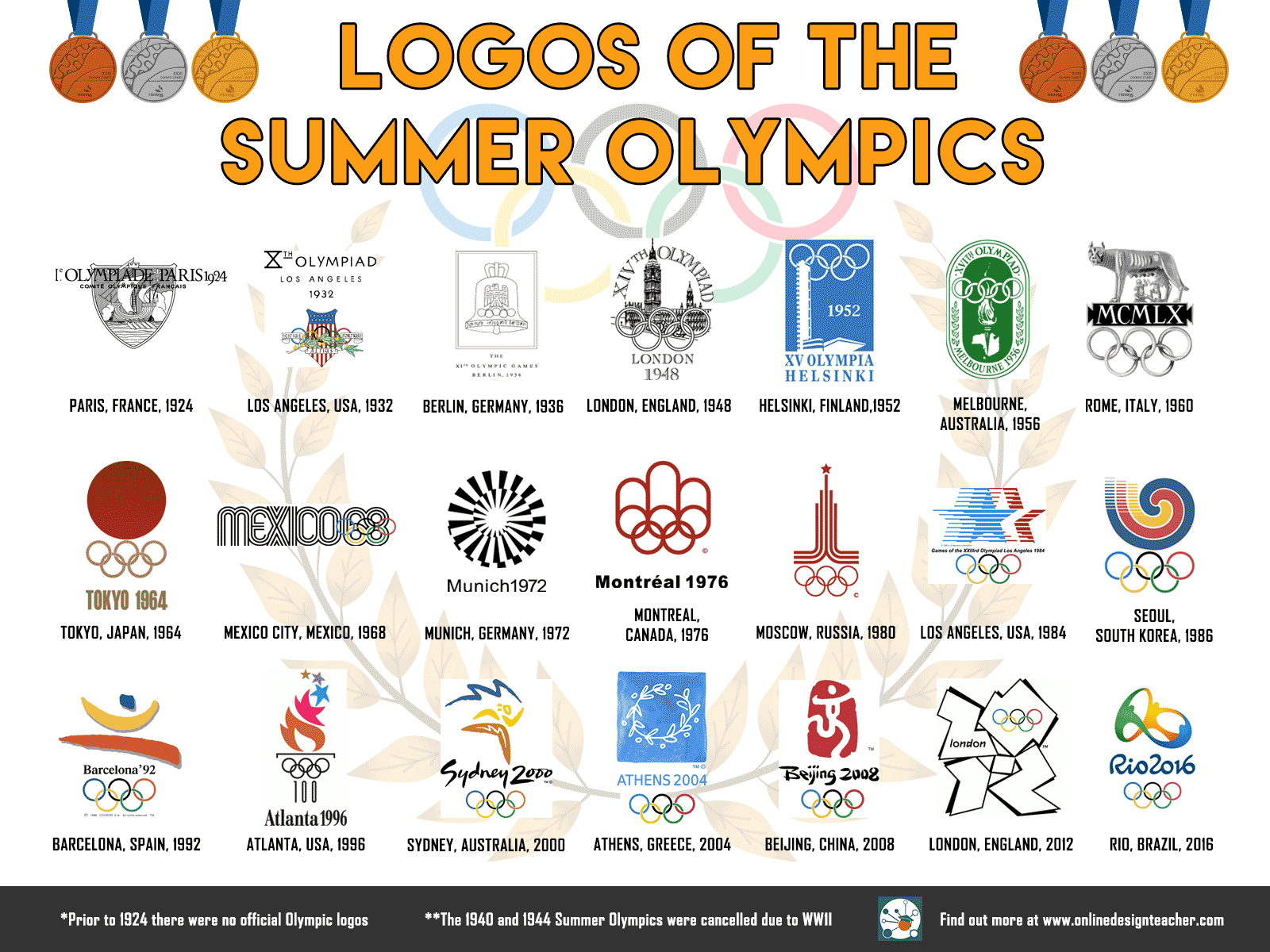Unveiling the Heart of the Olympics: Exploring its Symbolic Power
What comes to mind when you think of the Olympic Games? Elite athletes pushing their limits? Nations united in peaceful competition? Perhaps the stirring image of the Olympic flame? These images, and more, represent the core values and spirit of the Games, embodied in a powerful set of symbols that have become globally recognized.
The Olympic symbols are more than just logos; they are a visual language, communicating ideals of sportsmanship, unity, and excellence. Understanding these emblems unlocks a deeper appreciation for the Games and their significance in the world. Let's explore these iconic representations, delving into their history and the meaning they hold.
Perhaps the most recognizable emblem of the Olympic movement is the five interlocking rings. Blue, yellow, black, green, and red, interlaced on a white background, these rings represent the five continents of the world, linked together in harmony. This symbol, conceived by Baron Pierre de Coubertin, the founder of the modern Olympic Games, emphasizes the global nature of the Games and the ideal of bringing nations together through sport.
Another potent symbol is the Olympic flame. Ignited in Olympia, Greece, the birthplace of the ancient Games, the flame is carried in a relay across continents, eventually reaching the host city, where it burns brightly throughout the duration of the Games. The flame symbolizes purity, continuity, and the enduring spirit of competition. It serves as a reminder of the ancient origins of the Olympics and the ideals they represent.
Beyond the rings and the flame, the Olympic motto, "Citius, Altius, Fortius" – Latin for "Faster, Higher, Stronger" – encapsulates the essence of athletic pursuit and the drive to excel. This motto encourages athletes to strive for their personal best and push the boundaries of human achievement.
The history of the Olympic symbols is deeply intertwined with the revival of the Games in the modern era. Coubertin's vision was to create an international event that promoted peace and understanding among nations. The symbols he designed reflected this ambition, communicating a message of global unity and the power of sport to transcend political and cultural differences.
The importance of these representations lies in their ability to evoke a sense of shared purpose and inspire athletes and spectators alike. They create a common visual language that transcends linguistic barriers, uniting people from around the world in a celebration of sport and human potential.
One of the main issues surrounding Olympic emblems is their protection from commercial exploitation. The International Olympic Committee (IOC) works diligently to safeguard these symbols, ensuring they are used only in ways that align with the Olympic values and are not misused for profit or political purposes.
The Olympic motto encourages athletes to push their boundaries. An example would be a marathon runner striving to beat their previous best time, embodying "Faster." A high jumper aiming for a new personal record exemplifies "Higher." A weightlifter adding more weight to their lift embodies "Stronger."
Benefits of the Olympic symbols include promoting global unity, inspiring athletic achievement, and preserving the history and legacy of the Games. These symbols act as visual reminders of the unifying power of sport.
Creating a lasting impact with the Olympic spirit involves embracing the values they represent in our daily lives, such as striving for excellence in our pursuits and promoting understanding and cooperation in our communities.
Advantages and Disadvantages of Strict Symbol Protection
| Advantages | Disadvantages |
|---|---|
| Preserves the integrity of the symbols | Can limit creative expression and public engagement |
| Prevents commercial exploitation | May be perceived as overly restrictive |
Frequently Asked Questions:
1. What do the Olympic rings symbolize? The five rings represent the five continents united by the Olympic spirit.
2. Where does the Olympic flame originate? The flame is ignited in Olympia, Greece, the birthplace of the ancient Games.
3. What is the Olympic motto? "Citius, Altius, Fortius" (Faster, Higher, Stronger).
4. Who designed the Olympic flag? Baron Pierre de Coubertin.
5. Why are the Olympic symbols protected? To prevent commercial misuse and preserve their integrity.
6. How are the Olympic symbols used? They are displayed at Games venues, on merchandise, and in media coverage.
7. What is the significance of the Olympic torch relay? It symbolizes the continuity between the ancient and modern Games and spreads the Olympic spirit.
8. How can I learn more about the Olympic symbols? Visit the official Olympic website or consult educational resources on Olympism.
Tips and tricks for understanding the Olympic symbols involve researching their history and significance, observing their use during the Games, and reflecting on the values they represent.
In conclusion, the emblems of the Olympic Games hold immense power. They represent the convergence of nations, the pursuit of excellence, and the enduring legacy of athletic competition. From the five rings symbolizing global unity to the flame signifying continuity and the motto inspiring achievement, these representations encapsulate the very essence of the Olympic spirit. Understanding their meaning enriches our appreciation of the Games and their impact on the world. By embracing the values they embody, we can carry the Olympic spirit beyond the sporting arena and into our daily lives, fostering a world of greater understanding, cooperation, and shared human potential. Let us continue to celebrate the power of these symbols to inspire and unite.
The curious case of si shen wan american dragon are they connected
The unbreakable bond exploring luffy e zoro one piece
Vanishing vehicle codes a comprehensive guide to car error code removal














